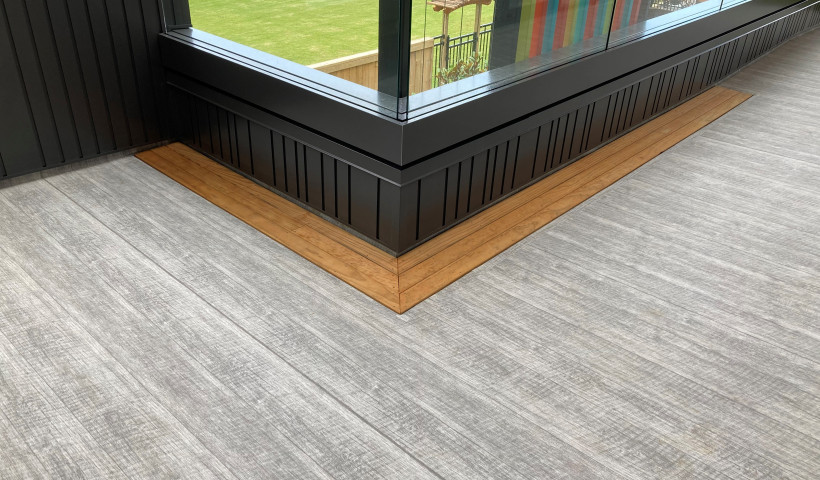
The new H1/AS1’s schedule method aims to reduce the energy needed to heat and cool buildings by approximately 40%. To do so, the minimum R-Value of the building envelope needs to increase notably. Although these new minimums will create more thermally efficient buildings, they will increase roofing costs significantly. This will restrict design with deeper ceiling cavities required for cold roofs, and higher parapets to obscure thicker insulation build-ups for warm roofs.
Viking made the conscious decision to invest heavily on entirely new solutions to meet H1. They could have elected to just double-up the Polyiso in their existing systems and be done. But that approach adds significant cost and time; does not answer key specifier concerns of insulation build-up; and adds to overall embodied carbon.
To achieve these thermal efficiency requirements, Viking has taken a clean sheet of paper and designed an entirely new warm roof system. They analysed every component for performance, cost, thickness, and function. They assessed the entire installation methodology with a focus on construction practicality. And what they have ended up with is a structural insulated membrane system which:
- Exceeds H1 5th edition thermal performance
- Has the thinnest possible insulation build-up
- Reduces installation time and construction delays
- Reduces environmental impact, and…
- Achieves all that without any substantial cost implications
Introducing Viking WarmSpan²
Warmspan² is a complete structural build-up, designed to save cost and time at every component.
Support structure; joists/rafters
- A maximum of 1.8m centre supports for one of WarmSpan²'s steel tray substrate profiles listed below, or 900mm centres for 17mm tongue & groove plywood — well less than half the structural timber previously needed to meet E2/AS1 design
Substrate
- Steel Tray substrate option:
- Either Steel & Tube’s ST7 or ST900, or Metalcraft’s Metcom7
- Plywood Substrate:
- 17mm, H1.2, Tongue and Groove, DD grade plywood — lower cost and less environmental impact than H3.2, CD grade, ply
- Plywood can (as mentioned above) free-span between 900mm centre supports — and no edge nogging is required with T&G joins
- With Warmspan² the ply is an internal structural component, meaning:
- No maximum moisture content prior to overlaying, reduces rain delays (must be below 18% before internal linings are applied)
- When using H1.2 treatment stainless steel fastenings are not required
Vapour barrier
- Peel and stick self-sealing vapour barrier loose laid to plywood — no primer required
PIR insulation
- 135mm thick Foil Face Polyiso mechanically fastened with insulated plugs — R6.7 system rating, or:
- An alternative option of 85mm thick Foil Face Polyiso mechanically fastened with insulated plugs — R4.3 system rating
Coverboard
- 6.4mm gypsum coverboard (compatible with Enviroclad TPO and Torch-On membranes) adhered to the PIR surface with sweeping ribbons 300mm apart of polyurethane adhesive
Membrane
- Viking Enviroclad fully adhered to the coverboard
- Any Viking Torch-on system (including Halley-P no flame)
For specifiers, WarmSpan² assists with design flexibility as the thin build-up allows for low parapets, height to boundary restrictions, and caters for a choice of two membrane systems. The standard fastening detail meets Extra High wind zone loading, and Viking have an alternative fastening detail for 6.5kpa wind loading requirements. The standard structural detail complies with NZS3604 for snow loadings. And finally, Viking have achieved gains in Warmspan²’s environmental impact; there is no vapour barrier primer, no Polyiso adhesive, reduced amount of structural timber required and reduced the minimum ply treatment to H1.2.
For the builder, construction labour, weather delays, and risk of construction damage are majorly reduced.
And for the Viking Applicator there is no special tooling or new technical knowledge required, and installing the entire build-up should be similar in total labour to an existing Warmspan¹ installation.
The collective strength of the layers that make up the roof assembly, is what gives Warmspan² its overall structural integrity, making nearly a third of the traditional timber structure redundant. This engineer tested design has an important distinction between a ‘Warm roof’ which is a generic term for a roof with any possible combination of insulation panels and membrane on top of a variety of possible substrates. In contrast, WarmSpan² is a narrow-banded; prescribed formula resulting in a fully engineer-certified, structural warm roof system. The entire assembly, has been tested and deemed code compliant. (It is important to note that it is only the entire assembly using the exact components, fixed exactly in accordance with the specification, which achieves compliance.)
For more information, please visit www.vikingroofspec.co.nz, or contact us on 0800 729 799.













 New Products
New Products









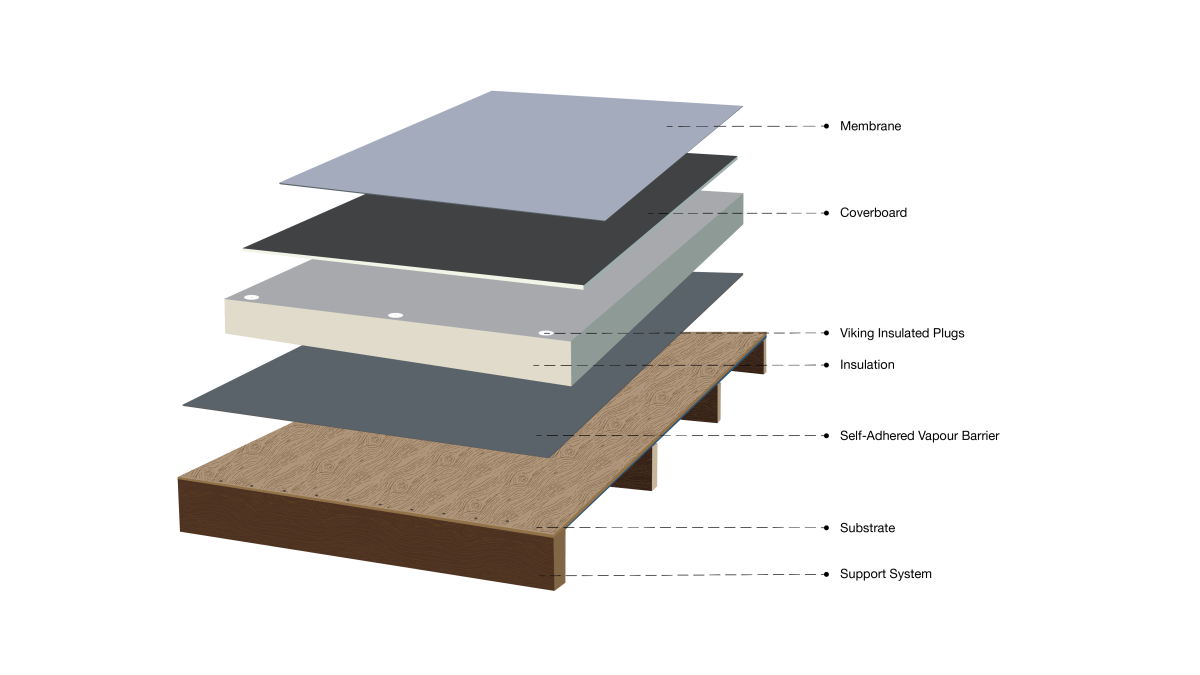


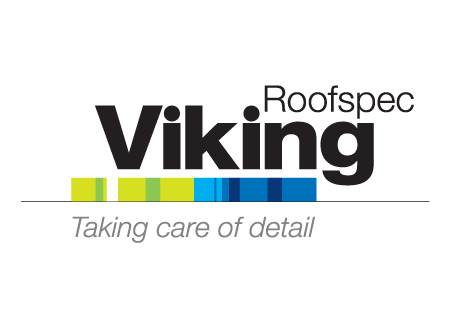

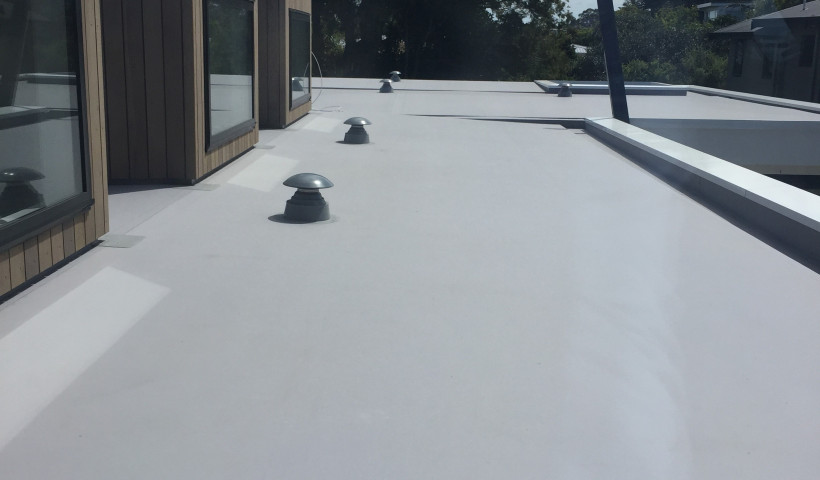
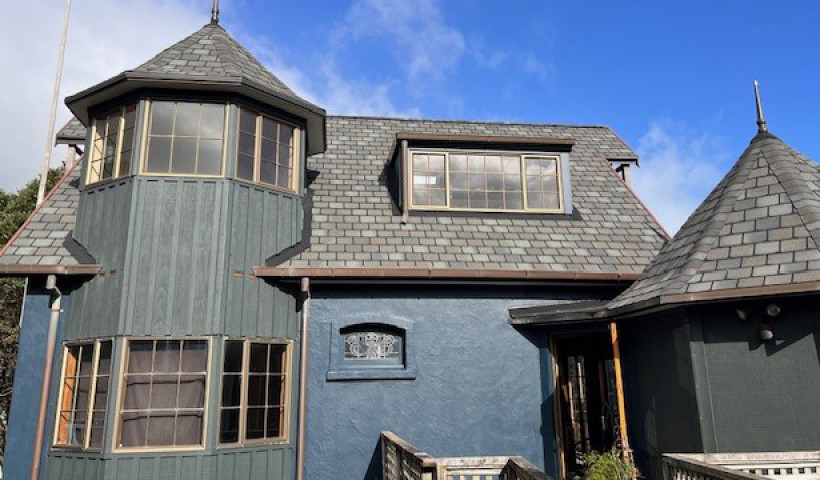
 Popular Products from Viking Roofspec
Popular Products from Viking Roofspec

 Most Popular
Most Popular


 Popular Blog Posts
Popular Blog Posts
